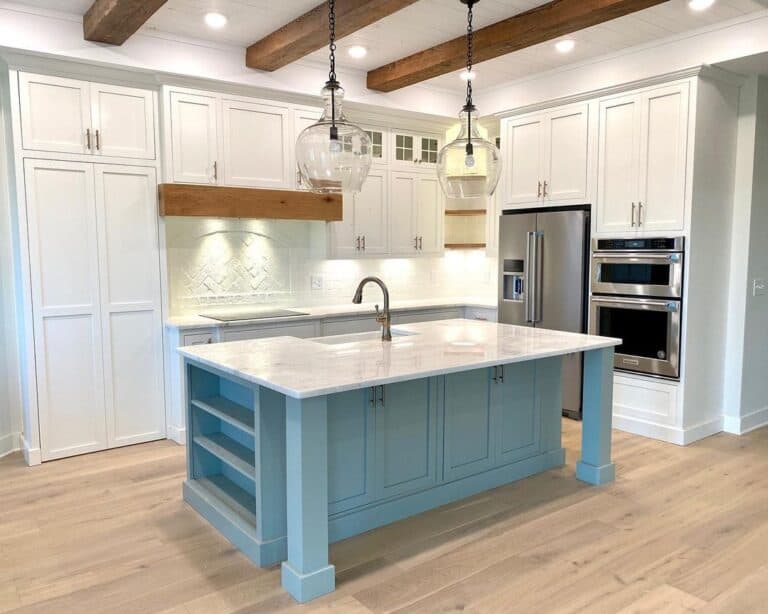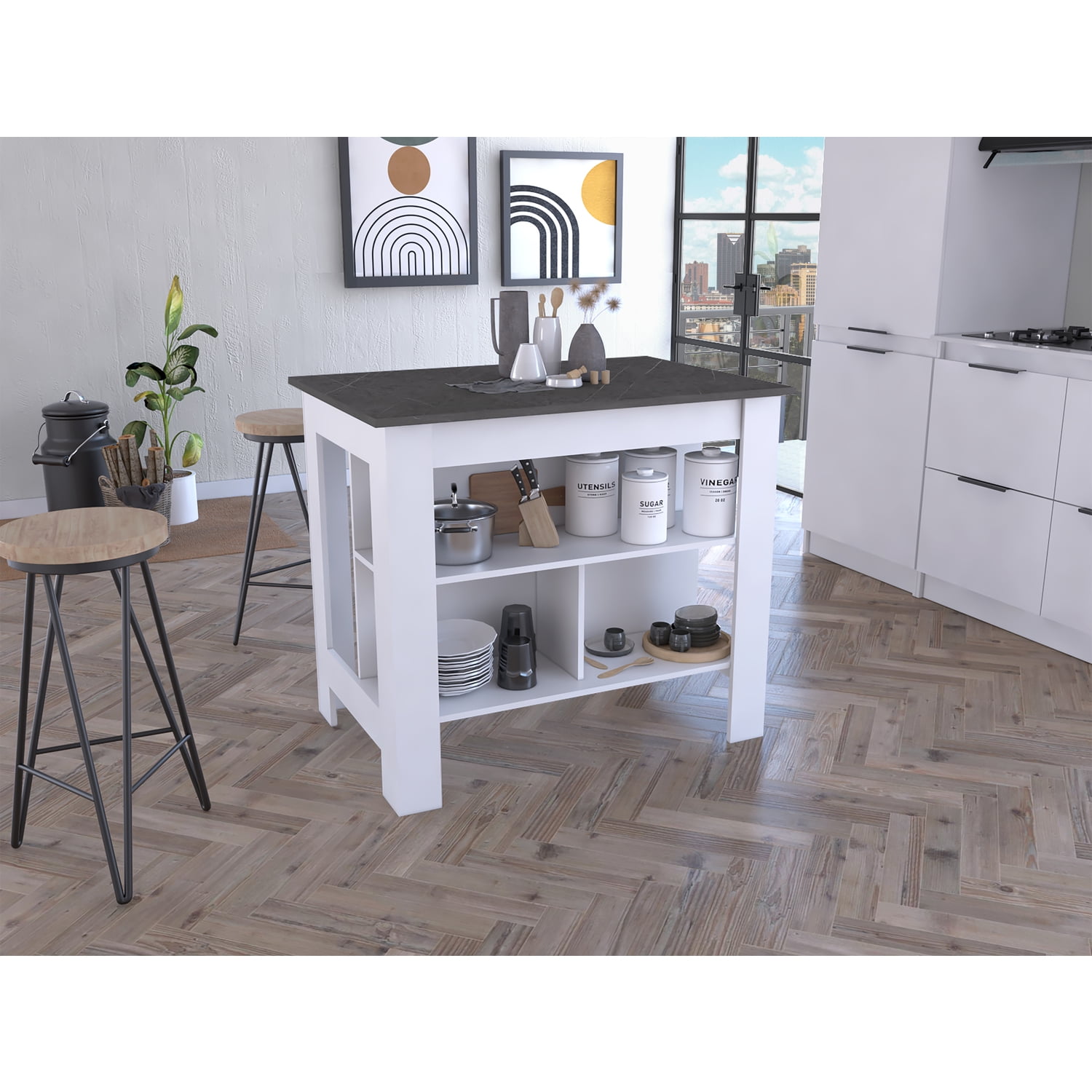Explore Modern and Standard Styles in Legs For Kitchen Island Projects
Explore Modern and Standard Styles in Legs For Kitchen Island Projects
Blog Article
A Guide to Selecting the Perfect Legs For Cooking Area Island for Your Home
Picking the ideal legs for your kitchen island is a nuanced decision that influences both the capability and aesthetic allure of this main area. As you think about these elements, it becomes evident that the appropriate legs can change not just the look of your kitchen yet additionally its use for years to come.

Understanding Cooking Area Island Legs
When choosing legs for a kitchen island, it's essential to comprehend their visual and functional functions in the total style. The legs offer as an essential assistance system, ensuring stability and durability for the island, which commonly operates as a work area, dining location, or collecting place. The option of product and building and construction technique must be durable adequate to withstand everyday use and prospective wear.
Along with their architectural responsibilities, legs contribute considerably to the island's aesthetic charm. They can boost the cooking area's design, whether through traditional, contemporary, or eclectic designs. The height and proportion of the legs are also vital factors to consider; they need to integrate with the island's kitchen counter elevation while making certain comfy seating for those making use of the space.
Moreover, the leg design can affect the total circulation of the cooking area. Open, ventilated leg designs can produce a sense of lightness, while strong, significant legs might communicate a much more based and stable aesthetic - Legs For Kitchen Island. Recognizing these functional and aesthetic aspects will certainly assist home owners in making informed options that complement their kitchen's layout and improve its usability
Popular Styles and Materials
The selection of legs for a kitchen island encompasses a selection of preferred styles and materials, each offering one-of-a-kind features that can improve both performance and aesthetic appeals. Among the most in-demand styles are modern, rustic, and standard. Contemporary legs typically feature smooth, minimalist layouts that highlight simplicity and tidy lines, making them optimal for modern cooking areas. Rustic styles, on the various other hand, embrace natural elements and usually showcase redeemed wood or troubled finishes, including warmth and appeal to the space. Standard legs usually exhibit elaborate details and craftsmanship, improving classic kitchen designs.

Height and Security Considerations

The legs of the kitchen area island should supply adequate support, ensuring that the structure can helpful resources hold up against everyday usage without wobbling or moving. Product option plays a significant function in security; metal legs, for instance, often tend to provide better strength compared to timber.
Matching Your Kitchen Aesthetic
Choosing the ideal legs for your kitchen island goes beyond performance; it likewise plays a considerable duty in the total visual of the room (Legs For Kitchen Island). When picking legs, take into consideration the layout style of your cooking area.
Legs that match or contrast with your island's surface area and surrounding cabinetry can produce aesthetic consistency or striking focal factors. In addition, take into consideration the surface of the legs; matte, glossy, or distinctive surfaces can considerably impact the total feeling of the kitchen.
Installment and Upkeep Tips
Installing cooking area island legs needs careful focus to information to ensure both security and aesthetic appeal. Begin by choosing a suitable area for your island, ensuring it is degree and has adequate space for activity. If you are affixing the legs to a wall or making use of brackets for included support, utilize a stud finder to locate wall studs. Mark the positioning of the legs properly before exploration.
When securing the legs, make use of top quality screws dig this and, if essential, wood glue for extra toughness. For metal legs, make sure that you are making use of appropriate anchors and devices to stop damage to your flooring. It is suggested to check for levelness after setup, making modifications as required to stay clear of wobbling.
Maintenance is similarly vital for longevity - Legs For Kitchen click to read more Island. Frequently inspect the legs for any kind of indicators of wear or loosening, particularly in high-traffic areas. Tidy the legs with an ideal cleaner, avoiding abrasive materials that may scrape the surface. For wooden legs, think about using a timber conditioner regularly to keep their coating. By adhering to these installment and upkeep pointers, you can ensure that your kitchen island legs remain both functional and visually enticing.
Verdict
Finally, picking the proper legs for a cooking area island demands careful factor to consider of elevation, stability, and visual compatibility. By choosing appropriate products and designs that straighten with the total kitchen style, performance can be improved while preserving aesthetic appeal. Correct setup and recurring maintenance further add to the toughness and durability of the kitchen island. Inevitably, thoughtful leg choice plays an essential duty in raising both the practicality and layout of the kitchen area space.
When picking legs for a kitchen area island, it's crucial to comprehend their aesthetic and functional roles in the total design. Open, airy leg designs can create a sense of agility, while strong, substantial legs might share a much more based and secure aesthetic. The legs of the kitchen area island need to offer appropriate assistance, guaranteeing that the structure can hold up against daily use without shifting or wobbling.Setting up kitchen area island legs calls for mindful attention to detail to make sure both security and visual allure.In conclusion, selecting the ideal legs for a kitchen island necessitates cautious consideration of elevation, security, and visual compatibility.
Report this page